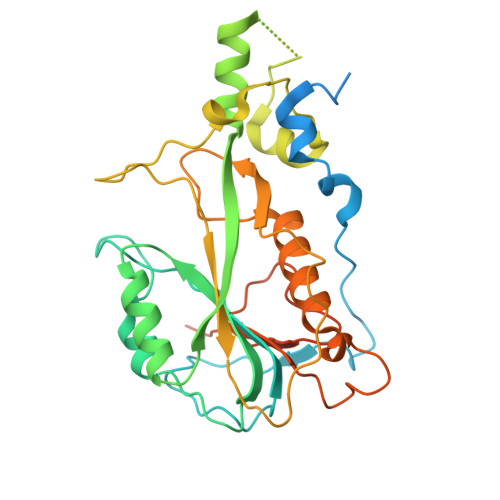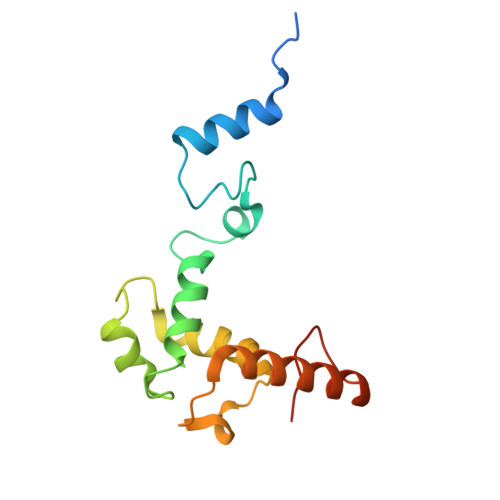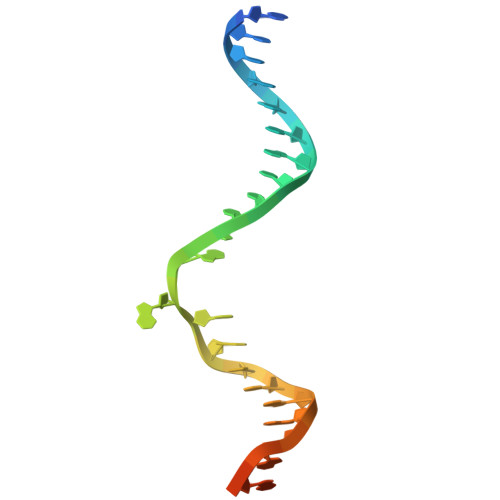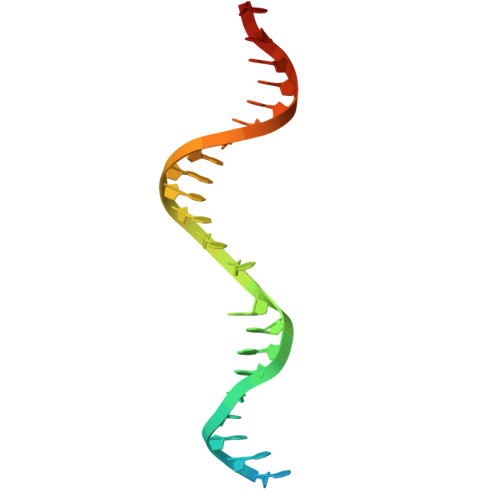Mechanism for the substrate recognition by a eukaryotic DNA N 6 -adenine methyltransferase complex.
Xu, Q., Xie, Y., Shi, Z.(2025) Nat Commun 16: 8690-8690
- PubMed: 41027852
- DOI: https://doi.org/10.1038/s41467-025-63738-y
- Primary Citation of Related Structures:
8XYL, 8XYP, 8XYQ, 8XYX, 9U92, 9U9E, 9U9K, 9VU6 - PubMed Abstract:
In eukaryotes, DNA N 6 -methyladenine (6mA) modification plays important roles in various cellular functions, such as chromatin dynamics, gene expression regulation, and DNA damage response. It remains largely unknown how eukaryotic DNA 6mA methyltransferases (MTases) recognize their substrates. Here, we reported the structures of DNA-bound eukaryotic 6mA MTase complexes. The MTA1 complex (MTA1c) in ciliates is composed of MTA1, MTA9 (or MTA9-B), p1 and p2 subunits. Cryo-electron microscopy structures of MTA1c-DNA complexes reveal that DNA lies on the surface of the MTA1-MTA9/9-B dimer and is clamped by the p1 N-terminal region. The target deoxyadenosine is flipped out of the DNA duplex and approaches the catalytic center. Unmethylated and hemi-methylated DNA substrates bind MTA1c with differential conformational dynamics. Our structural and biochemical studies shed light on the activation and substrate recognition of MTA1c and provide a framework for understanding the molecular mechanism of DNA 6mA modification in eukaryotes.
- School of Life Sciences, Fudan University, Shanghai, China.
Organizational Affiliation:






















